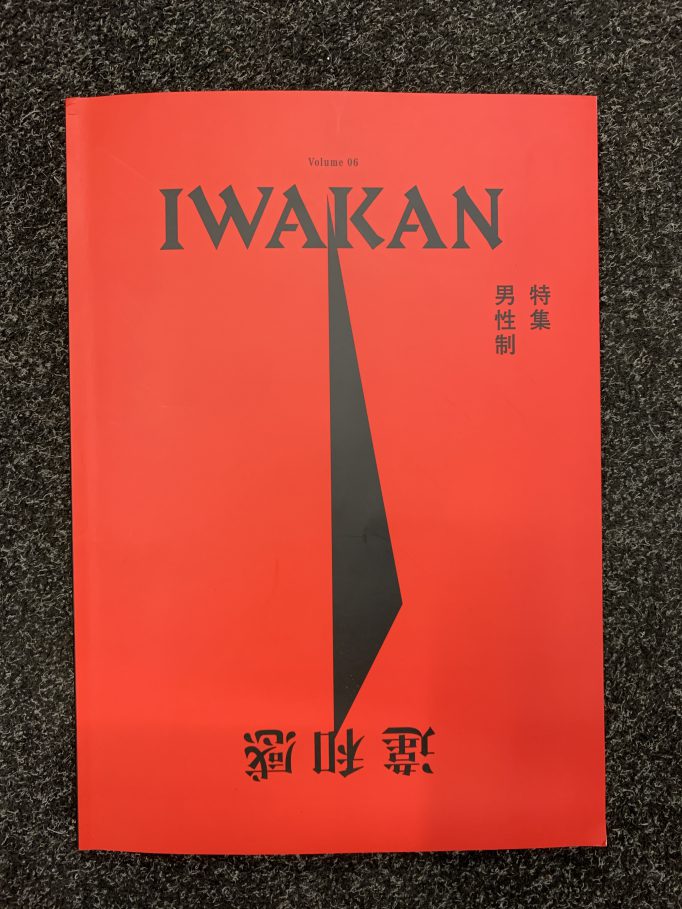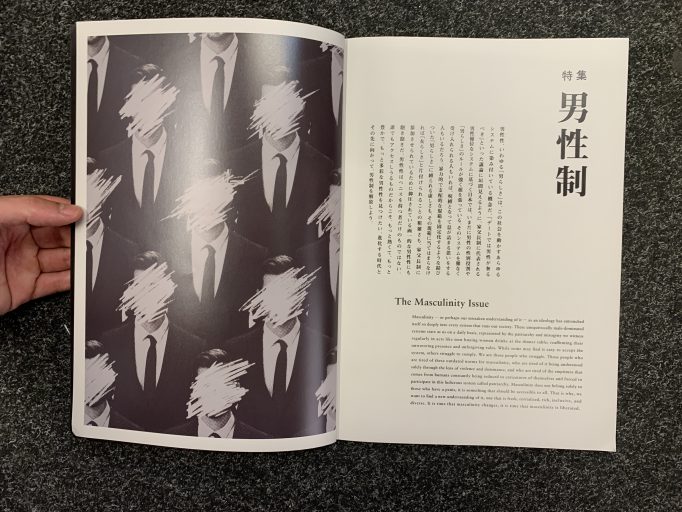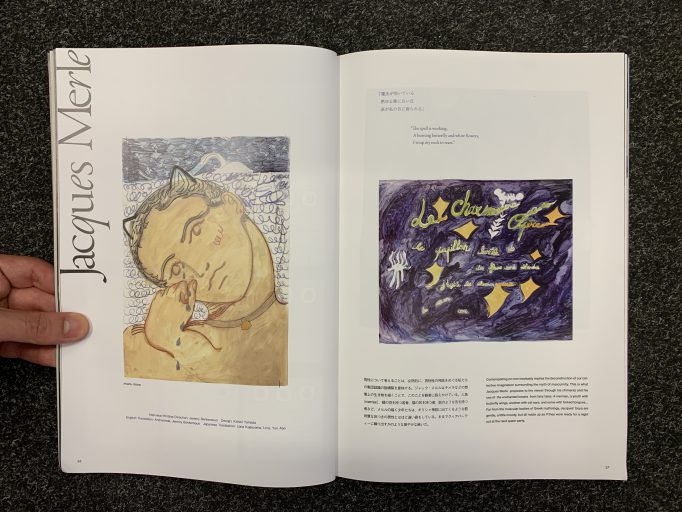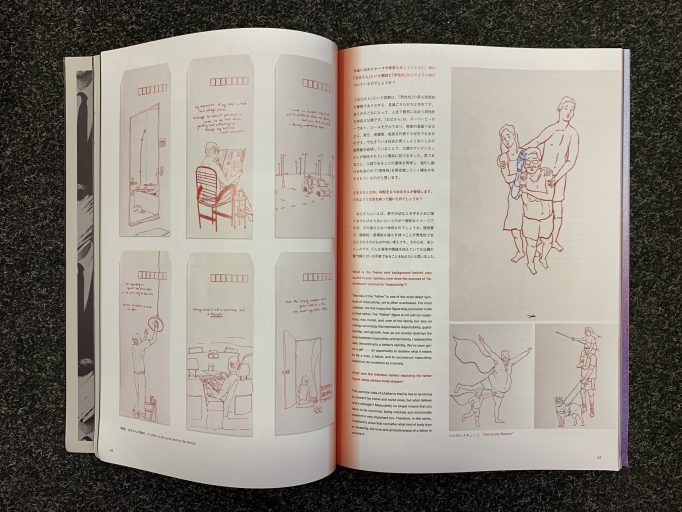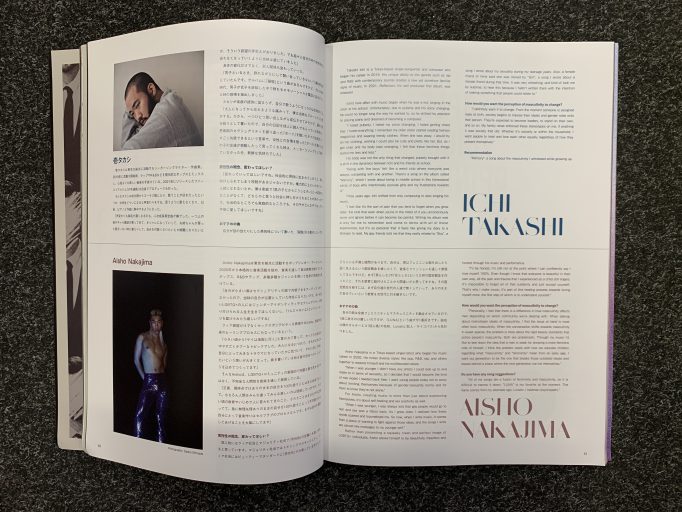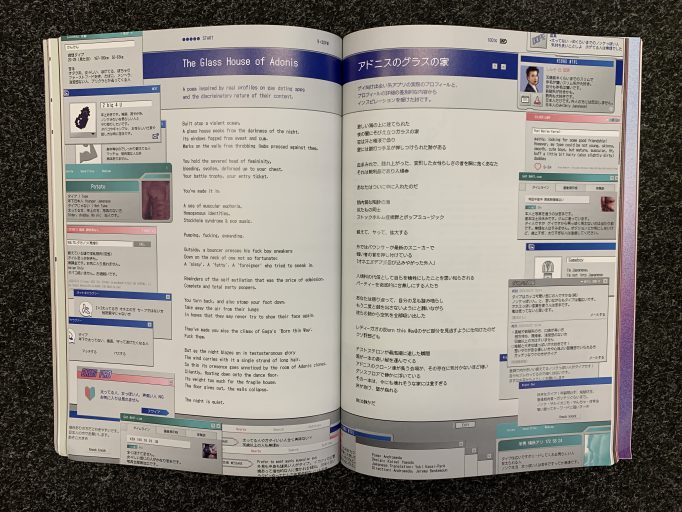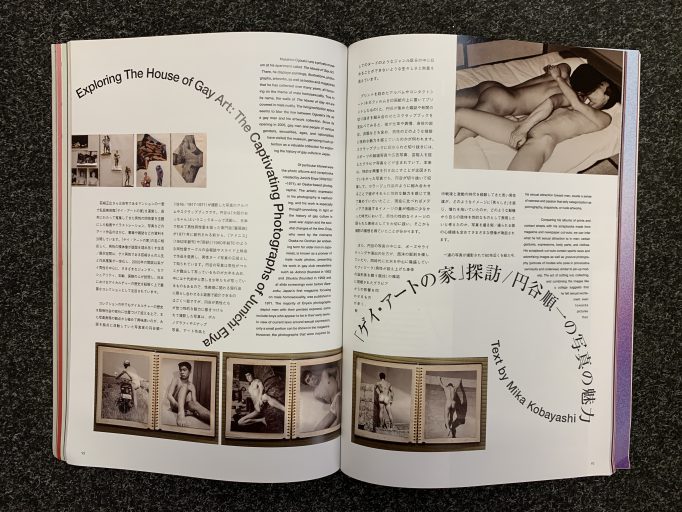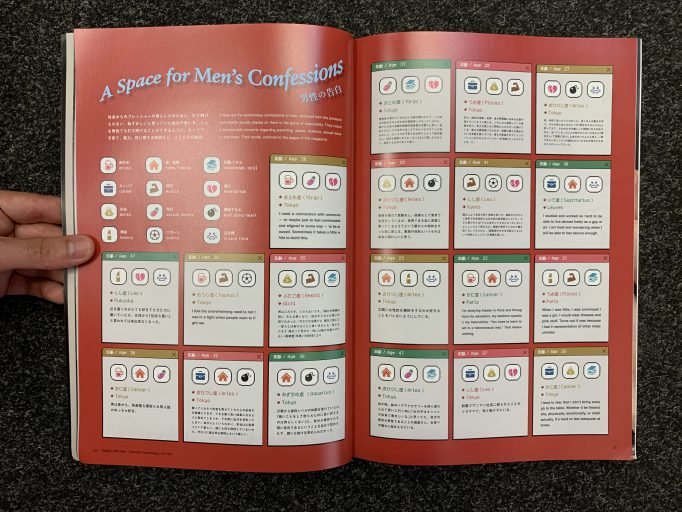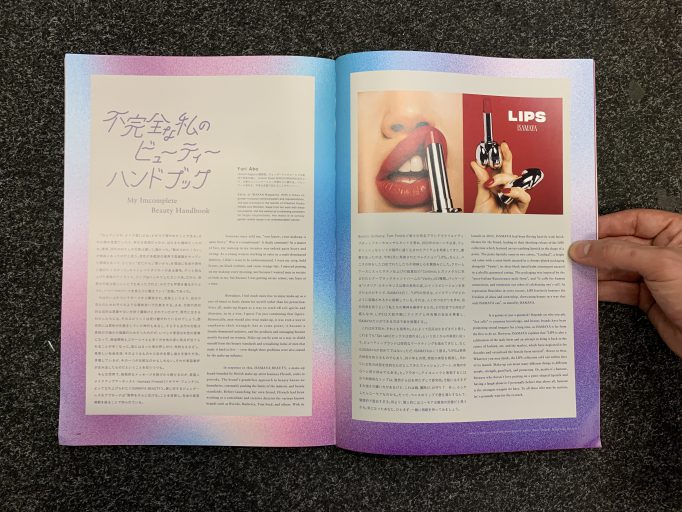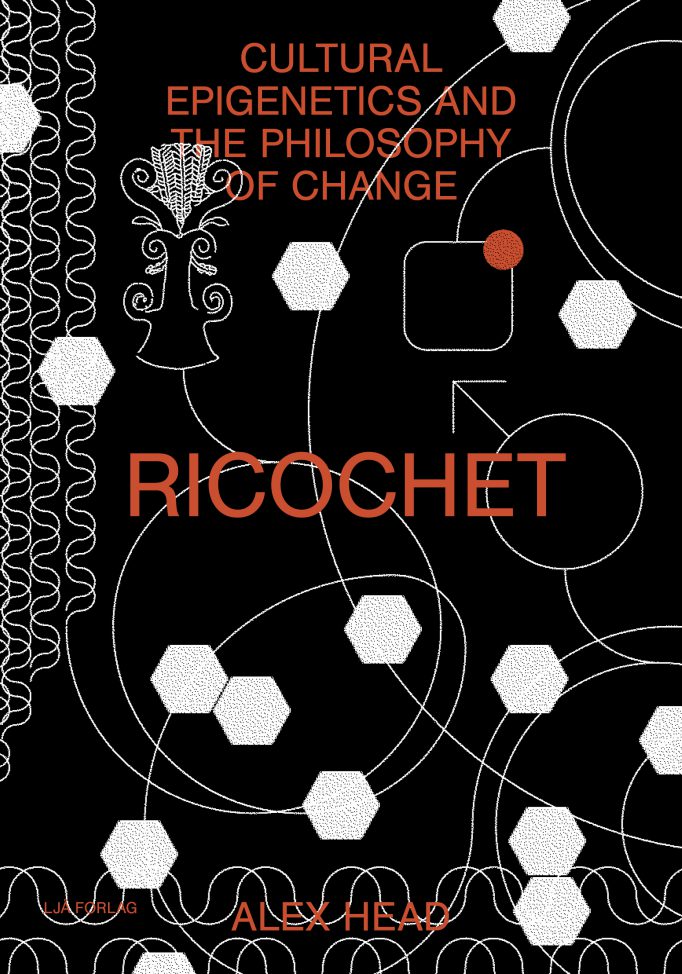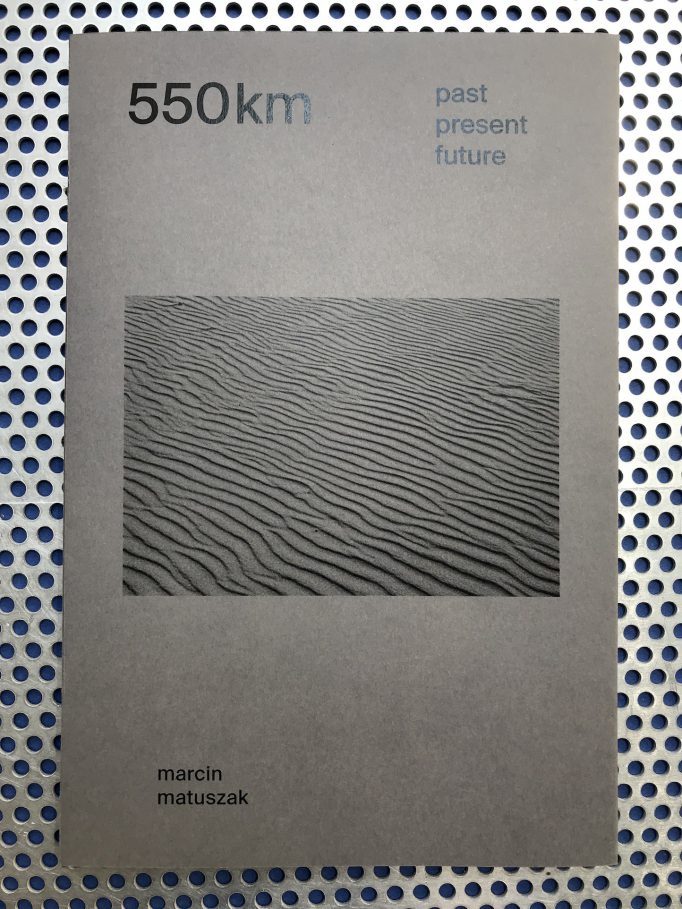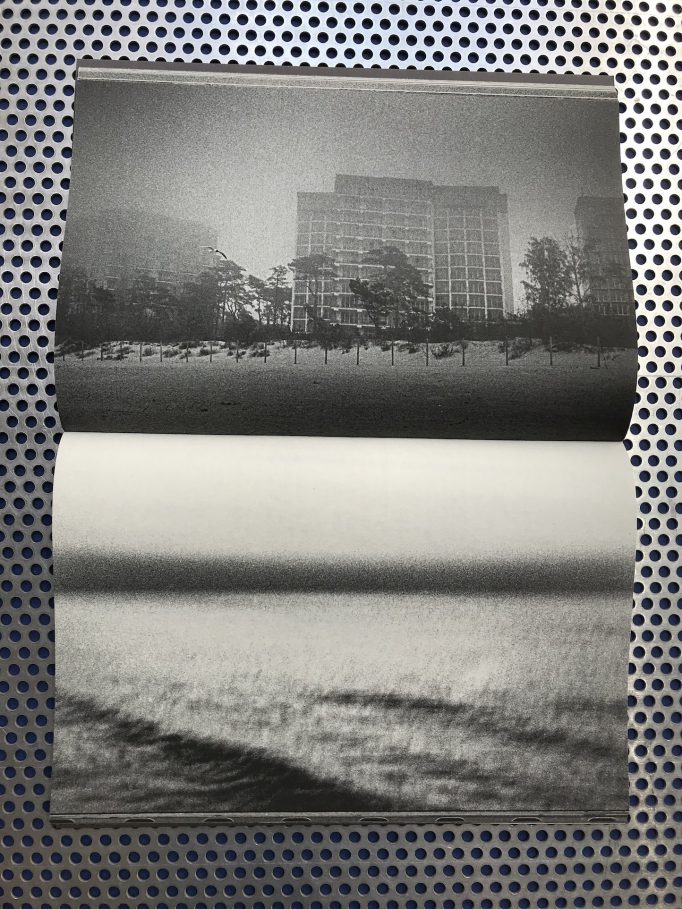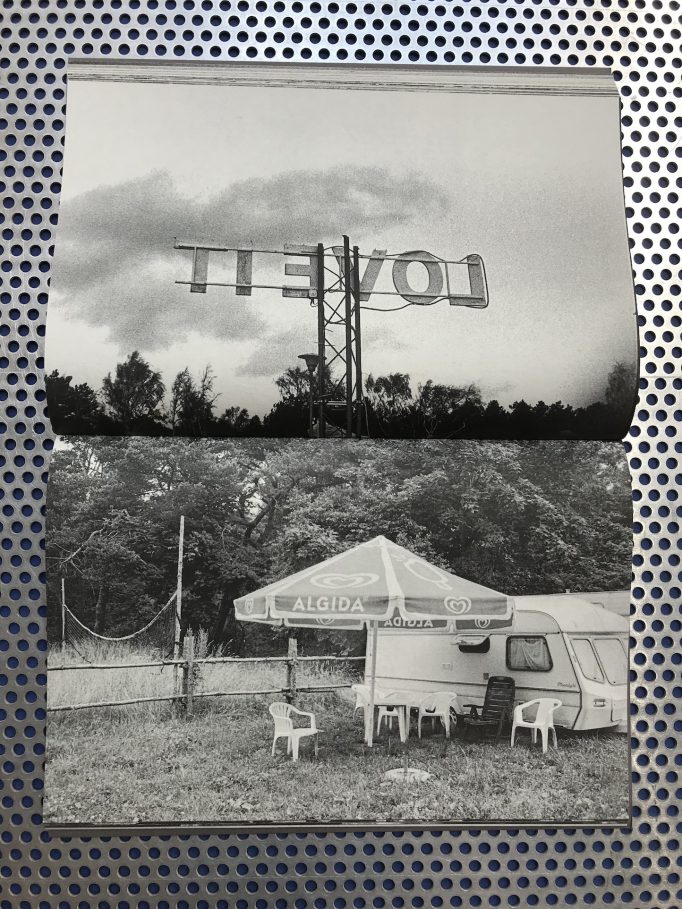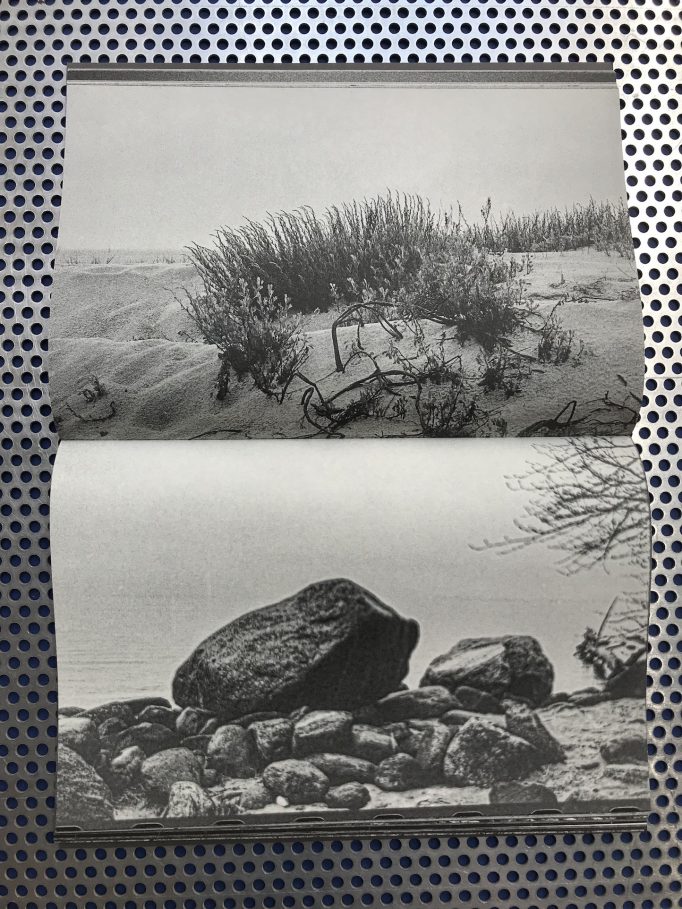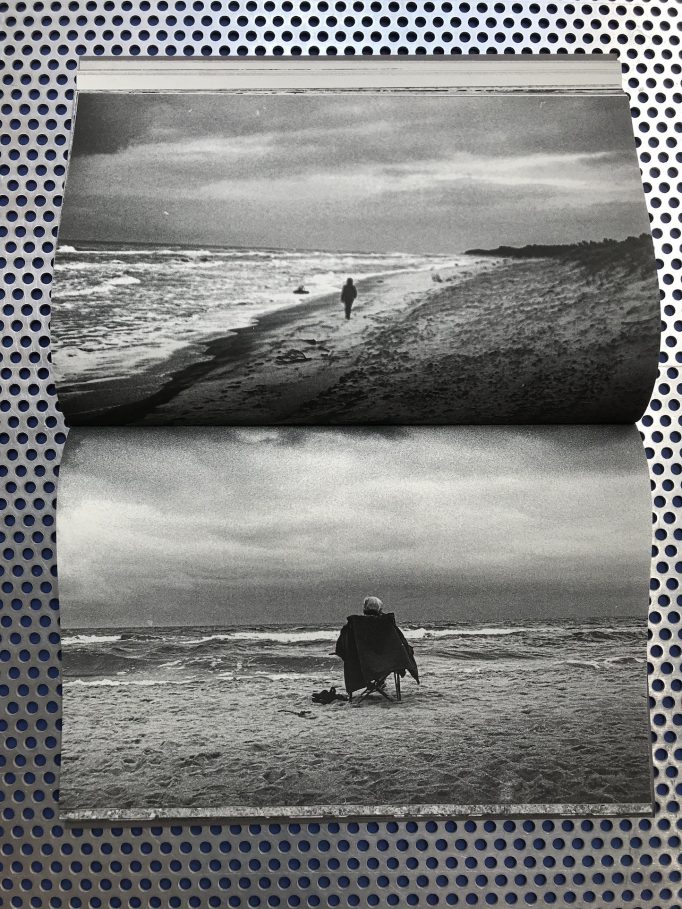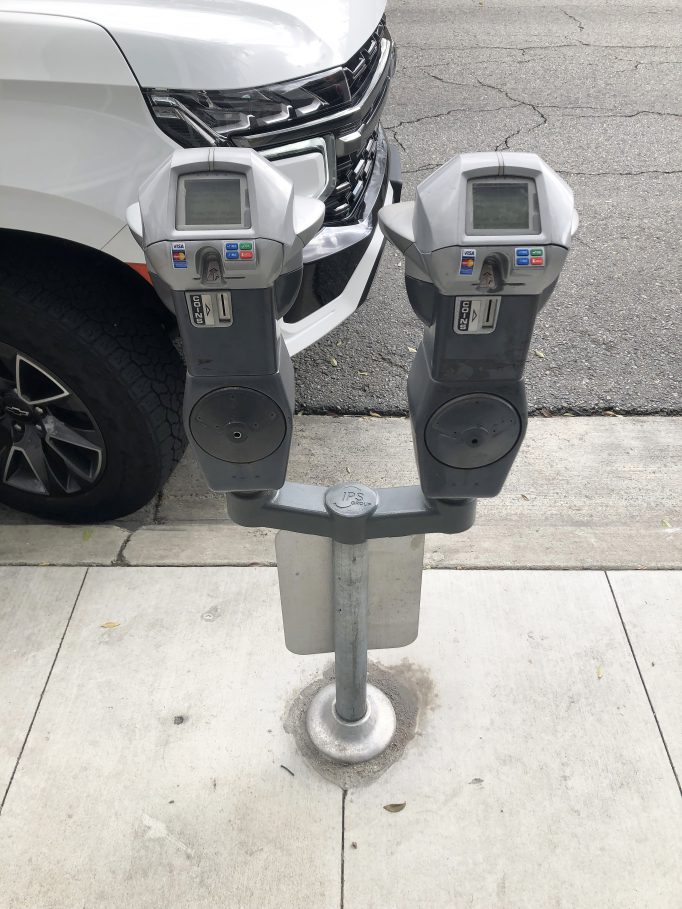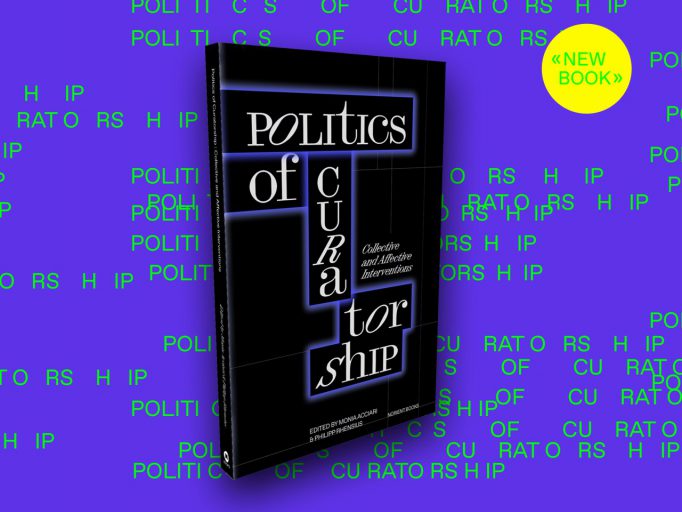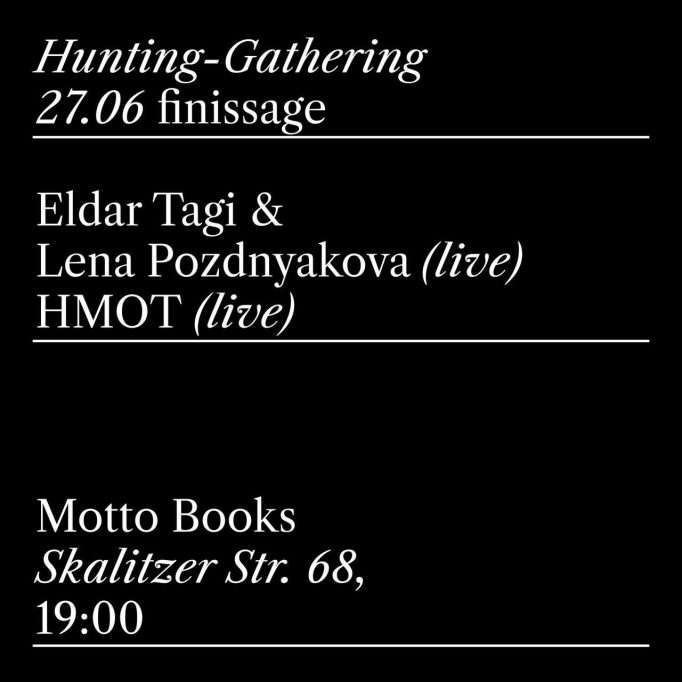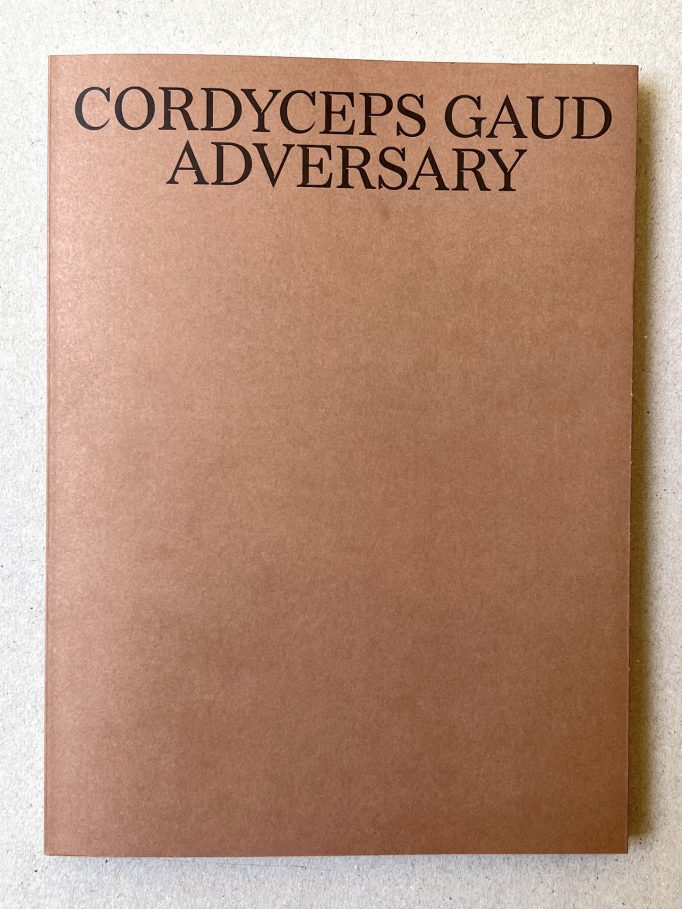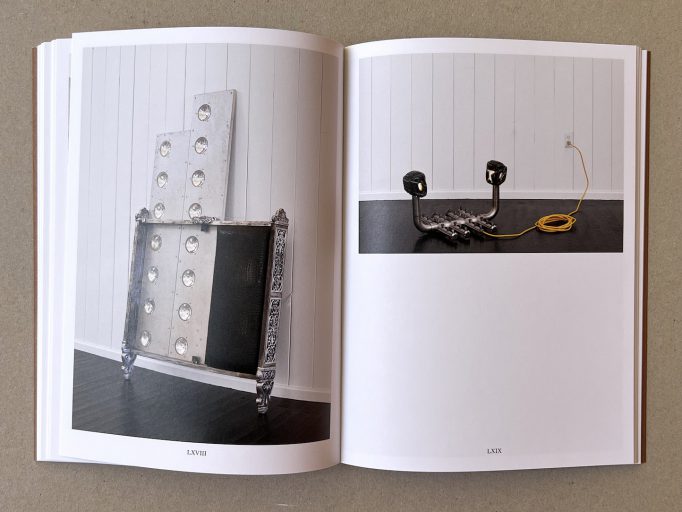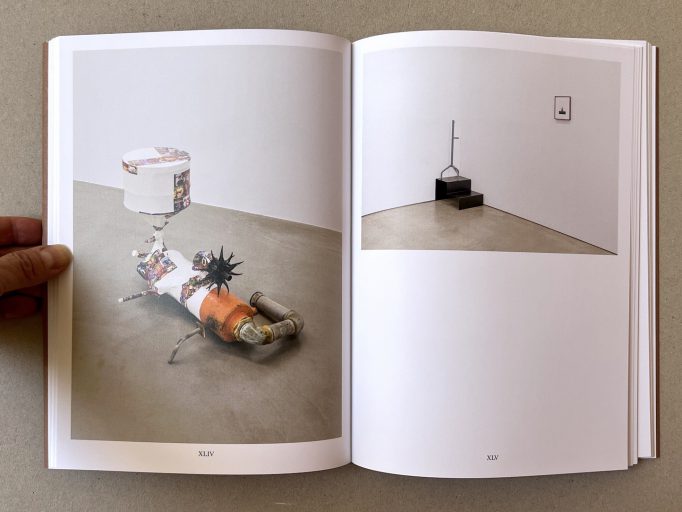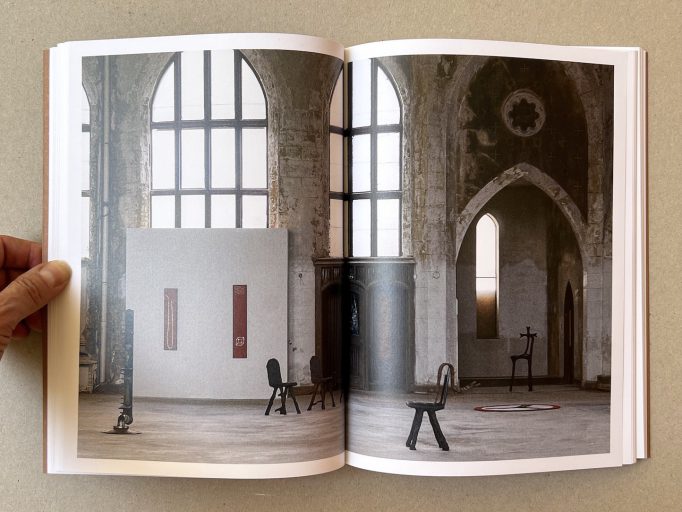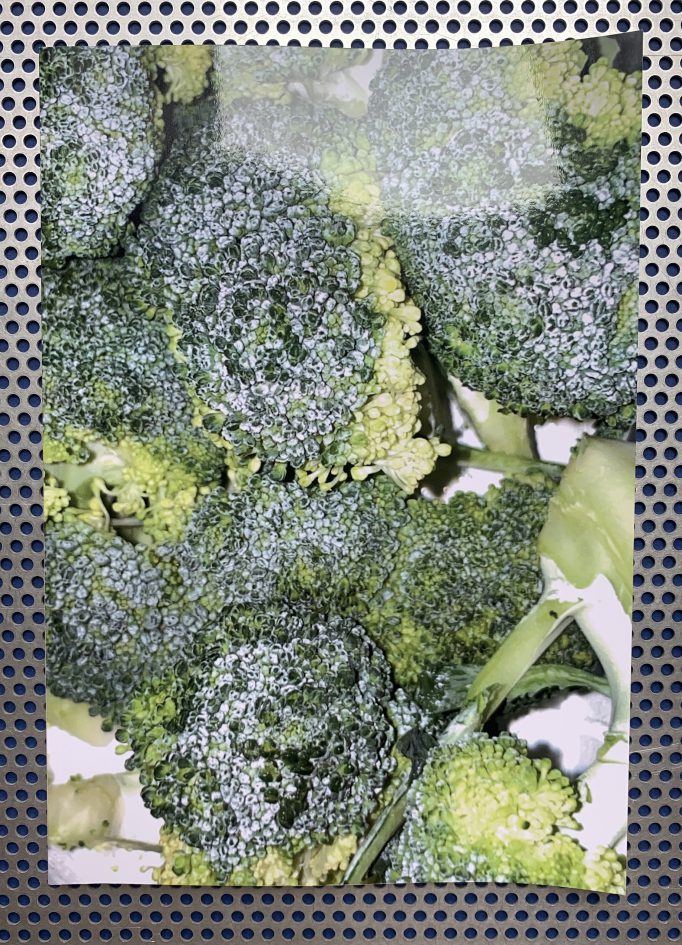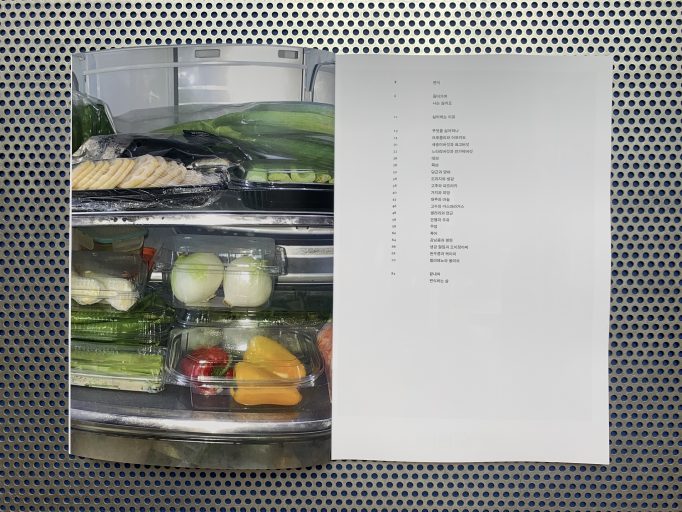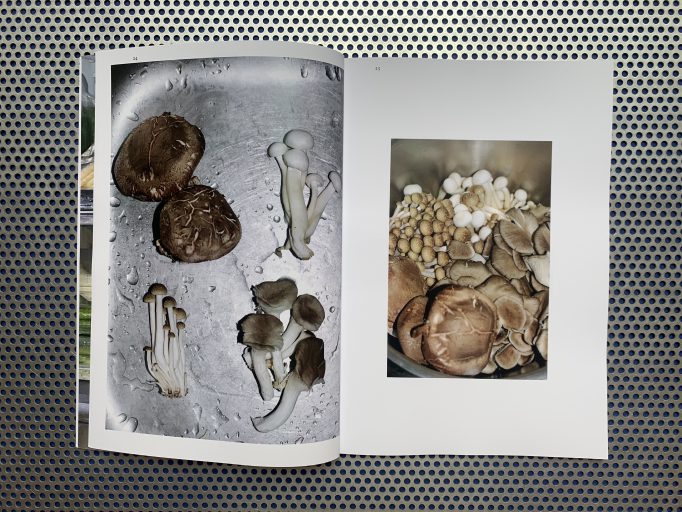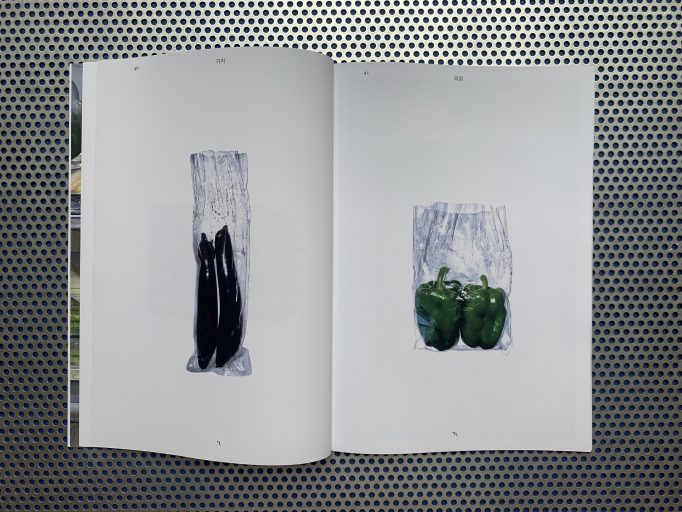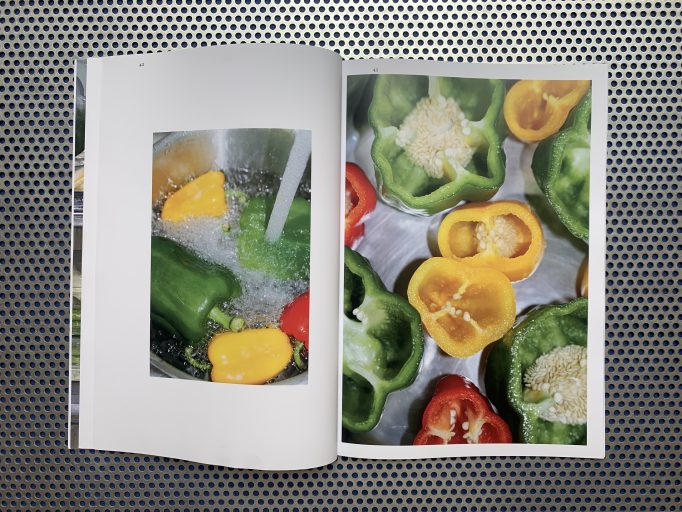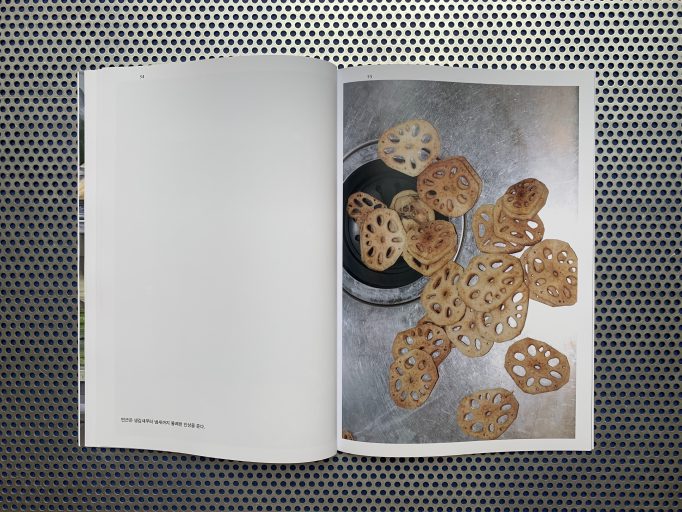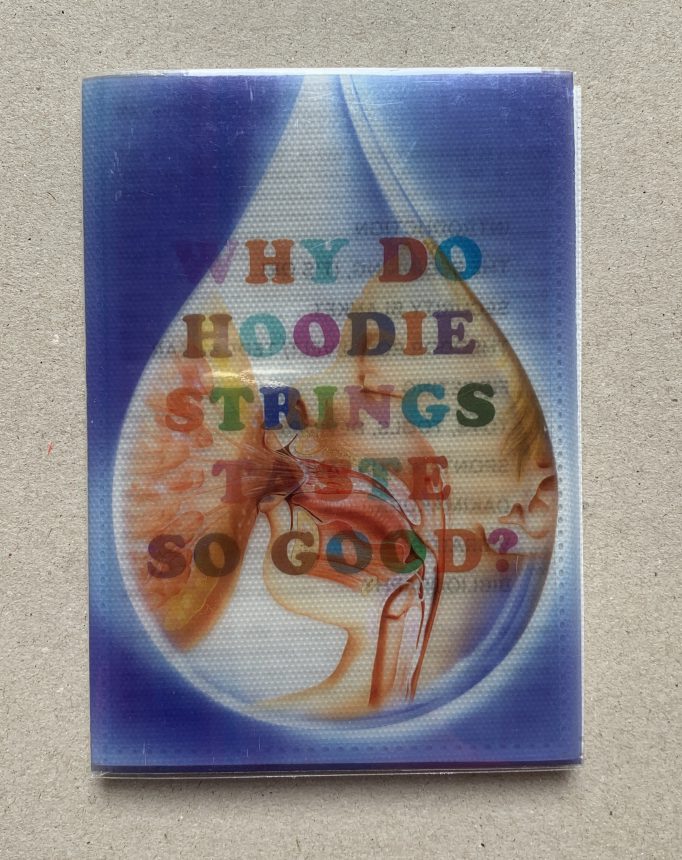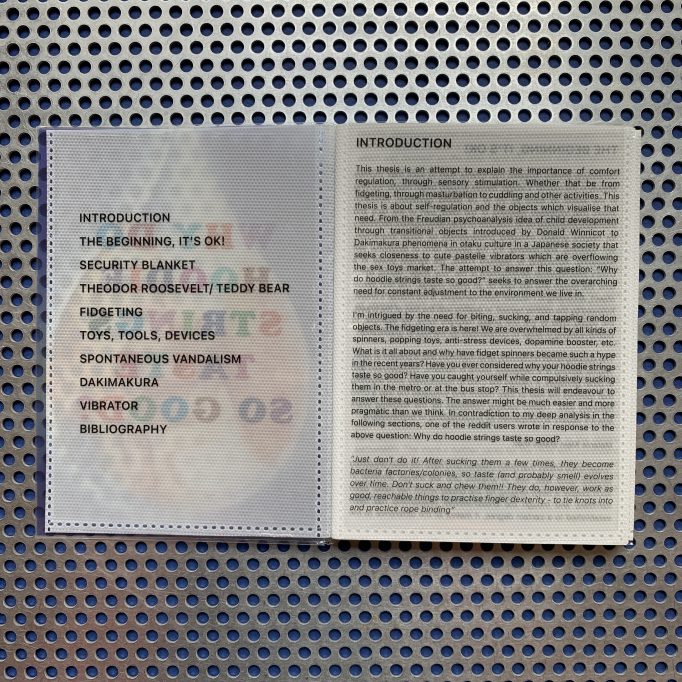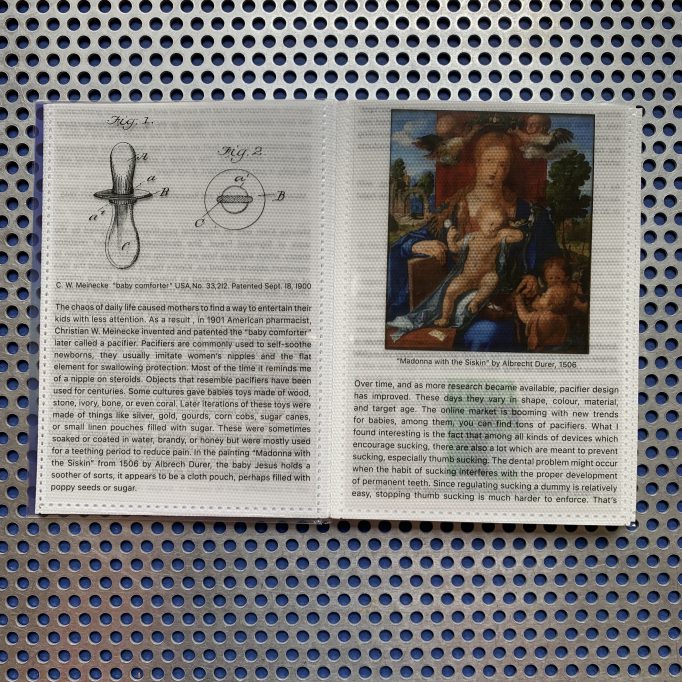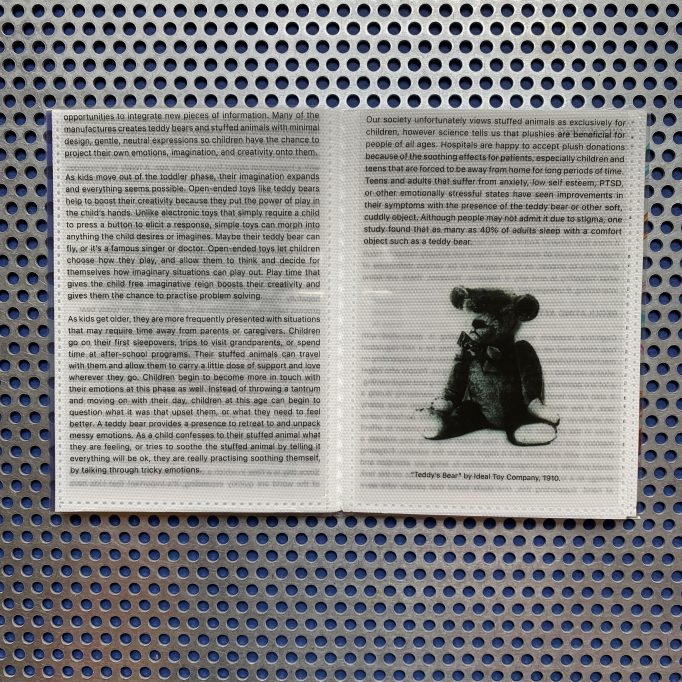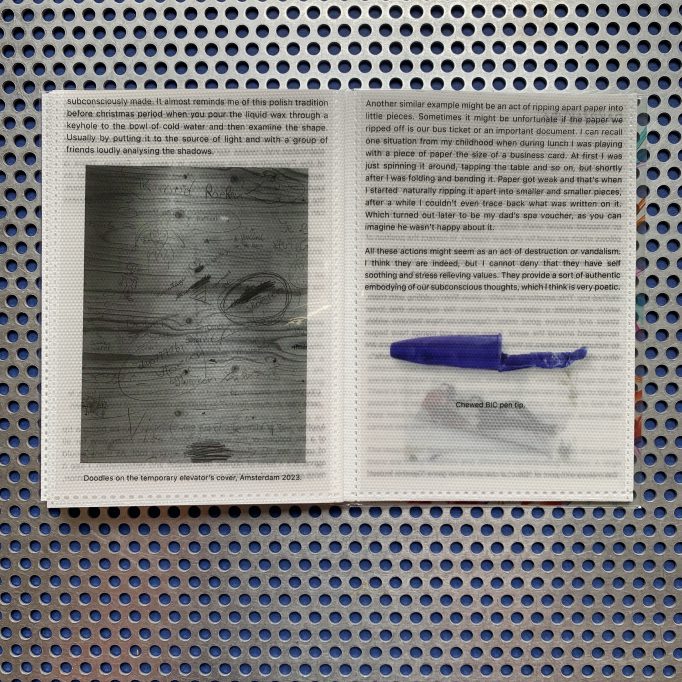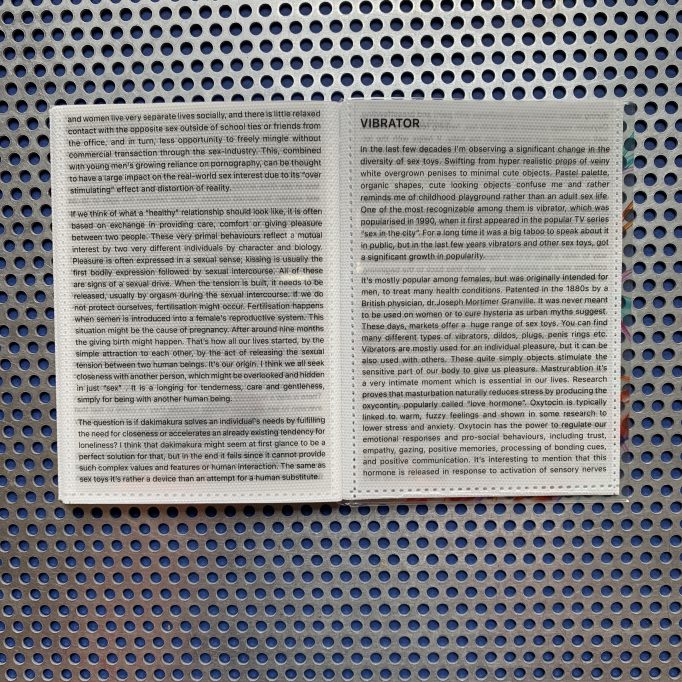Critical Fictions. Hannah Godfrey. ARP Books
Posted in queer, writing on July 19th, 2023Tags: ARP Books, art criticism, Critical fictions, Derek Dunlop, Hannah Godfrey, Kristin Nelson, queeer artists, visual art
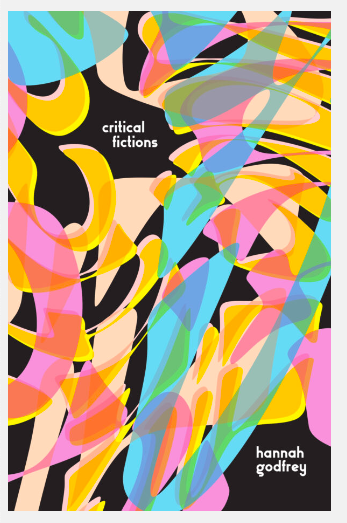
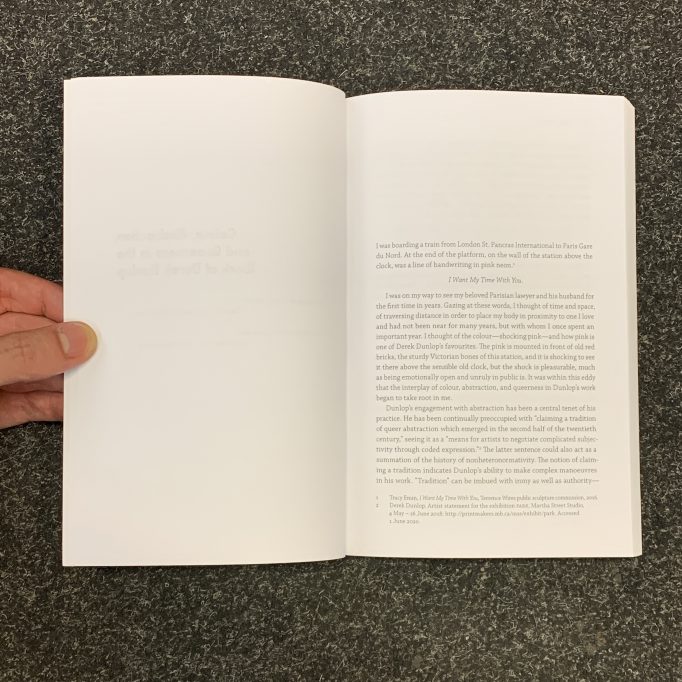
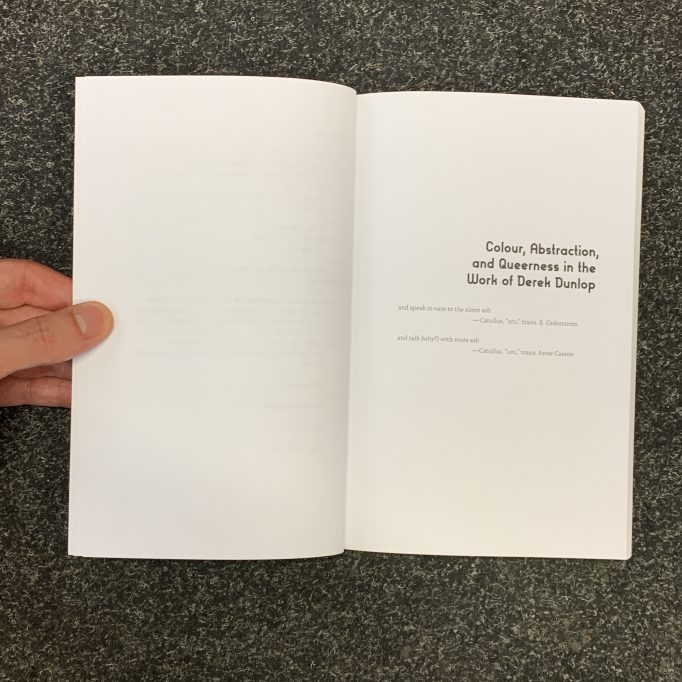
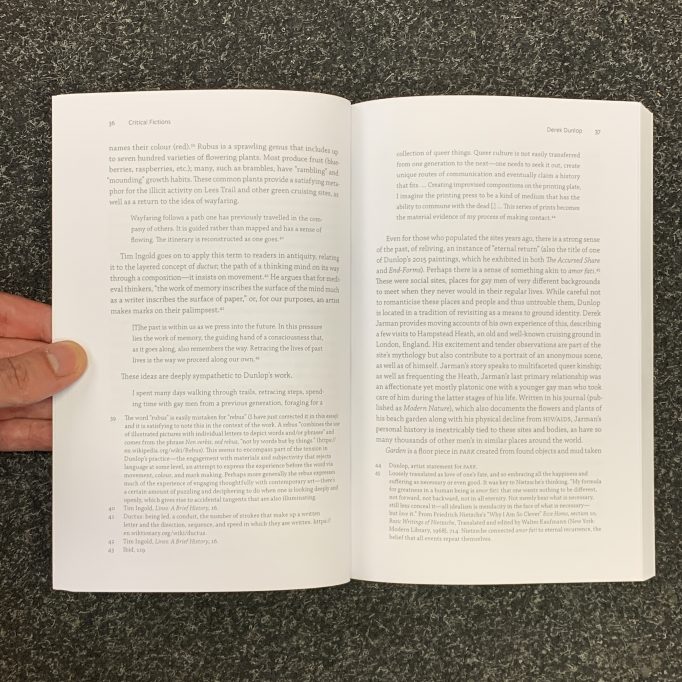
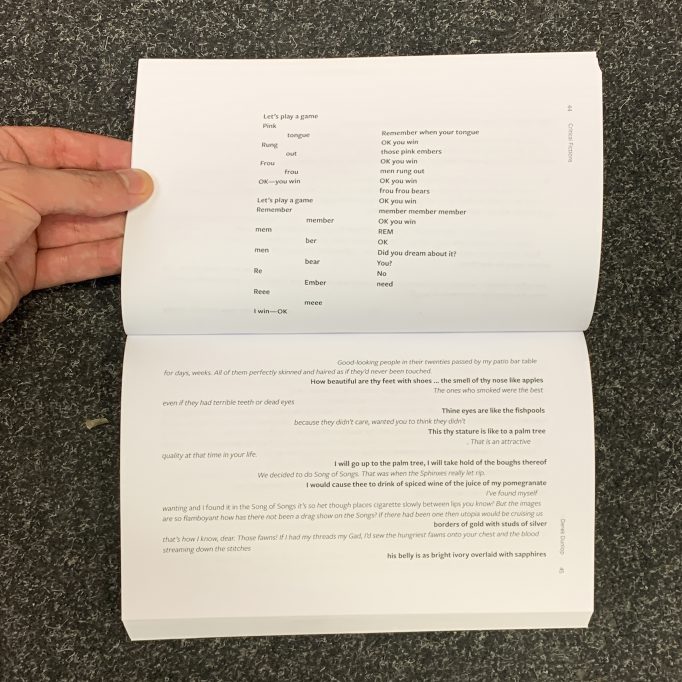
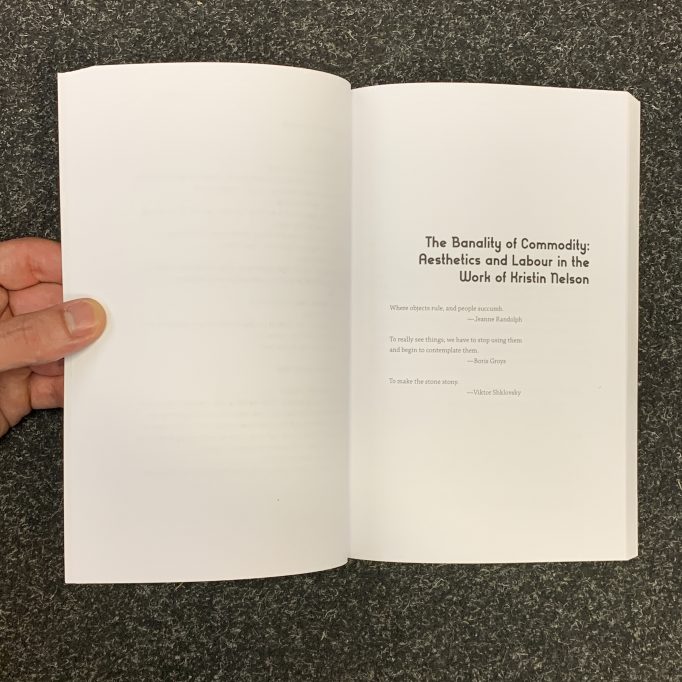
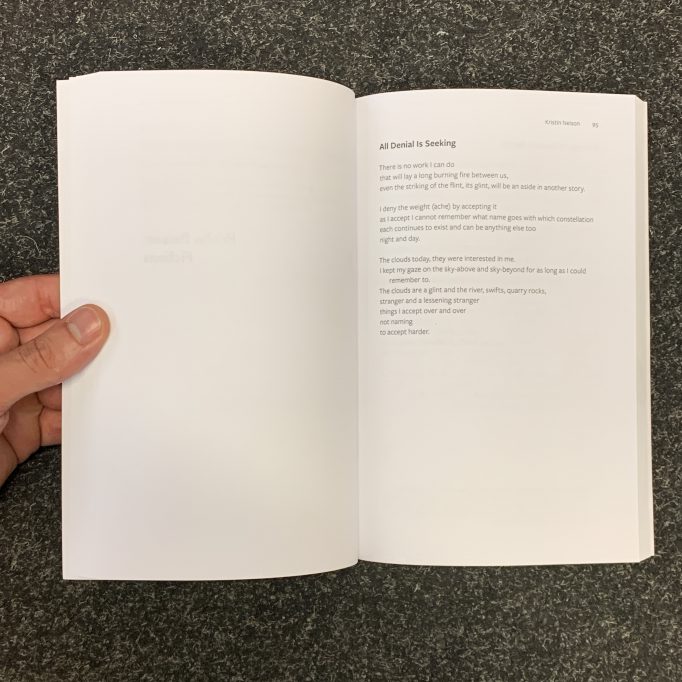
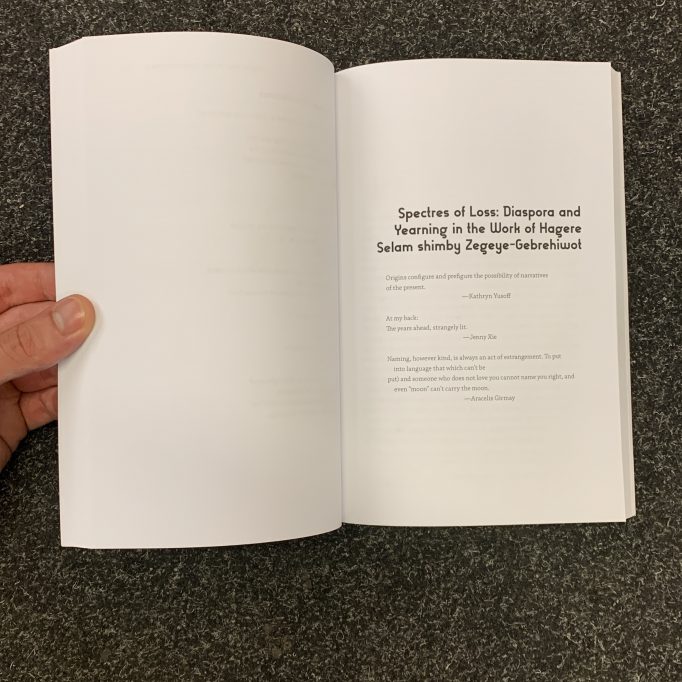
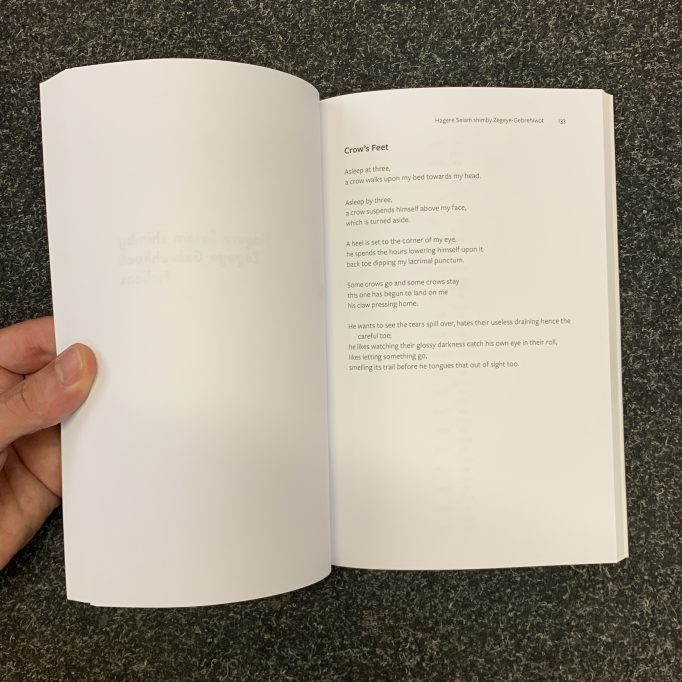
In her bold departure from conventional art criticism, Hannah Godfrey looks to the work of five contemporary queer visual artists, with attention to, and affection for, the wit, subversion, and many complexities of each of their practices. Shifting through written forms as experiential coves, Critical Fictions is a collection of inventive responses that are delicately linked, and devoted to their subjects.
Alongside the five artists—Derek Dunlop, Kristin Nelson, Hagere Selam shimby Zegeye-Gebrehiwot, Andrea Oliver Roberts, and Logan MacDonald—Godfrey shares a keen interest in intricacies of queer power, the body, and abstraction. Her varied approach to criticism embraces stories, poetry, essays, and other textual formations as means of wayfaring through the work of art. In these pages the reader will find not only celebrations of the depth, beauty, and acuity of the artworks discussed, but explorations of the imaginative thoroughfares they open up.
“It’s with a unique, caring voice that Godfrey speaks about, to, and with the artists in this collection. Even if the reader is familiar with an artist’s practice, the writing, in both its abstract and critical forms, offers the time and space so desperately needed to cover the complicated and intimate relationship of a critic engaging with artwork. Critical Fictions is a special, caring, and necessary book where art criticism is written, challenged, turned on its head and back again, interlacing the varying concepts of the featured artists’ practices like thread in a loom. Only when the reader reaches the end does it become apparent the threads have become a tapestry—a rare and beautiful process that will stay with you into the real world.” —Lauren Lavery, Editor of Peripheral Review
Order here

